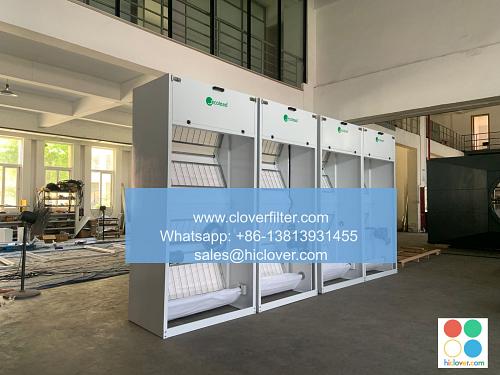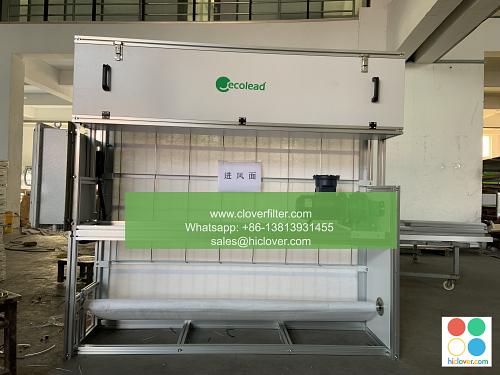Air Filter Industry Trends and Future Directions

The air filter industry has witnessed significant growth in recent years, driven by increasing concerns about air quality and the need for clean air in various applications. The industry is expected to continue growing, with new trends and technologies emerging to address the evolving needs of consumers and industries. In this article, we will explore the current trends and future directions in the air filter industry, highlighting various application areas and key technologies.
Increasing Demand for Clean Air
The demand for clean air is driving the growth of the air filter industry, with applications in industrial air filtration, commercial air purification, and residential air cleaning. The need for clean air is particularly important in industries such as healthcare, food processing, and pharmaceuticals, where high-efficiency particulate air (HEPA) filters and ultra-low particulate air (ULPA) filters are used to remove contaminants and particles from the air.
Emerging Technologies and Trends
Several emerging technologies and trends are shaping the air filter industry, including:
- Nanofiber technology, which provides high-efficiency filtration and low pressure drop
- Activated carbon filters, which are effective in removing gases and odors from the air
- Electrostatic precipitation, which uses electrostatic charges to attract and capture particles
- UV-C light technology, which is used to disinfect and sterilize the air
- Internet of Things (IoT) enabled air filters, which provide real-time monitoring and control of air quality
- Sustainable air filtration, which focuses on developing eco-friendly air filters and reducing waste
- Smart air filtration, which uses IoT technology to provide real-time monitoring and control of air quality
- Advanced materials and technologies, which provide high-efficiency filtration and low pressure drop
- Increased focus on indoor air quality, which recognizes the importance of clean air in buildings and homes
Application Areas
Air filters are used in a wide range of applications, including:
Industrial Air Filtration
Industrial air filtration is a critical application area, where air filters are used to remove contaminants and particles from the air in industries such as manufacturing, chemical processing, and power generation. Dust collection systems and fume extraction systems are commonly used in these industries to provide a safe and healthy working environment.
Commercial Air Purification
Commercial air purification is another important application area, where air filters are used to provide clean air in offices, schools, and hospitals. HEPA filters and activated carbon filters are commonly used in these applications to remove particles, gases, and odors from the air.
Residential Air Cleaning
Residential air cleaning is a growing application area, where air filters are used to provide clean air in homes and apartments. Portable air purifiers and whole-house air filtration systems are commonly used in these applications to remove particles, gases, and odors from the air.
Future Directions
The air filter industry is expected to continue growing, with new trends and technologies emerging to address the evolving needs of consumers and industries. Some of the future directions in the air filter industry include:
In conclusion, the air filter industry is a growing and evolving industry, with new trends and technologies emerging to address the changing needs of consumers and industries. By highlighting various application areas and key technologies, we can better understand the current state of the industry and its future directions. As the demand for clean air continues to grow, the air filter industry is expected to play an increasingly important role in providing healthy and safe environments for people to live and work. It seems like you didn’t provide a question or topic for me to address. Could you please provide more context or specify what you would like to discuss? I’m here to help with any questions or topics you’d like to explore. What’s on your mind?


